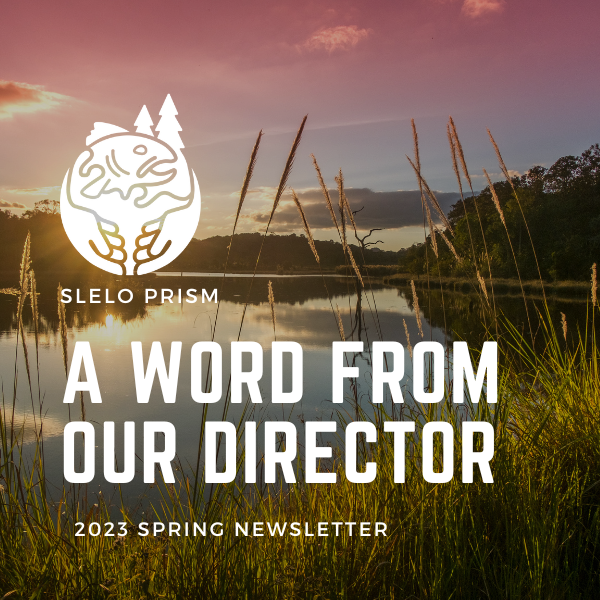This article was featured in the 2023 Spring Newsletter by Rob Willaims-SLELO PRISM.
As our climate changes, plants and animals shift their distributions by colonizing and establishing new territory, finding suitable microclimates that allow them to persist, and producing offspring to continue the process. The problem is that this process takes time, often generations; and the process is complicated by landscape fragmentation such as roads, dams, development, and the impacts invasive species have on habitats (Anderson et al 2016).
Invasive species also lessen the quality of ecosystem services that are provided to wildlife as their range shifts. By reducing the invasives found along connected systems and by reestablishing native plant assemblages we can begin to recover ecosystem resilience based on an overarching solution which is to focus resources on these ‘connected systems’.
Across New York State our freshwaters are almost all connected e.g., Finger Lakes, Great Lakes, Erie Canal, and Hudson River. Our forests are all directly or indirectly connected to the Appalachians. Focusing at least some of our resources on these ‘connected systems’ would increase our collective conservation impact on lands and waters by improving the quality of these green infrastructures. As a first step, when deciding on when and where to search for invasive species, we may want to consider these connections as Priority Conservation Areas (PCAs). Followed by focusing our invasive species surveys, management, and subsequent restoration within these PCAs to help us achieve healthier connected systems, and greater resilience under changing circumstances.
~Rob Williams


